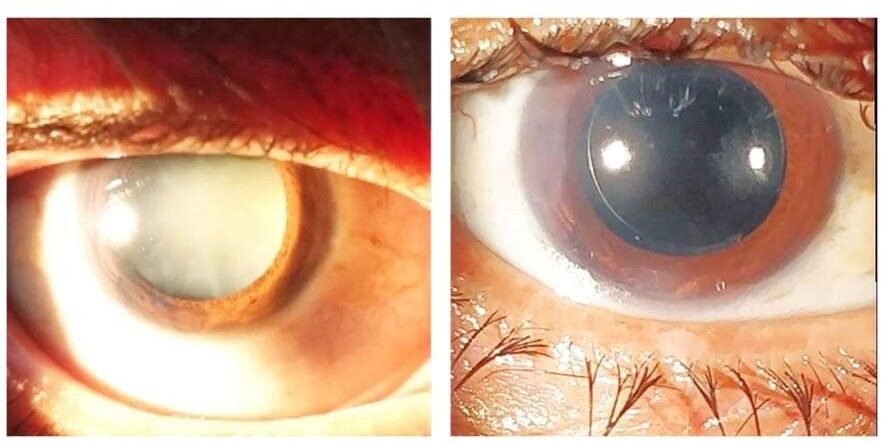This means you can choose to have the best vision after cataract surgery with less dependency on glasses, if premium intraocular lens are used and astigmatism is carefully managed. Many clinics and private Ophthalmology Consultants only offer standard cataract surgery using non-premium intraocular lens and no astigmatism management

A cataract develops when the lens in your eye, which is normally clear, becomes foggy. Most cataracts develop slowly over time, causing symptoms such as blurry vision. Cataracts can be surgically removed through an outpatient procedure that restores vision in nearly everyone.
Many years ago, cataract surgery was only considered when cataract had developed to an advanced stage (“ripe”). Today cataract surgery is performed as soon as a person has symptoms as cataract surgery in advanced cataracts has a slightly higher risk of complications.
Most cataracts are age related, and so patients tend to be in their 60s or older. However cataracts can develop at any age, for example even babies in their first few years of life can develop cataracts that require surgery.
Most cataract surgery is performed under local anaesthetic drops and sedation. There is no pain or discomfort, and just the occasional sense of pressure
Usually one eye operated at a time, other eye can be operated after 2-4 days.
Cataract surgery is a short procedure, typically taking 10-20 minutes per eye. It is not a race and the key is for a safe surgery.
The vision is usually soft focus immediately after surgery and rapidly picks up over the next couple of days. Many people can resume work and safe driving with a few days of surgery.